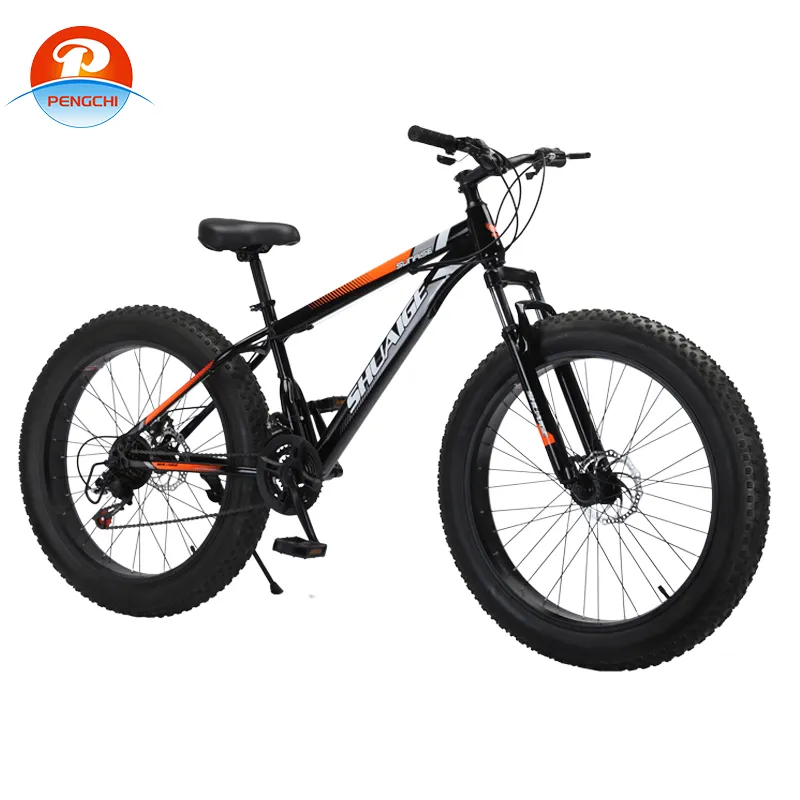
-
 Afrikaans
Afrikaans -
 Arabic
Arabic -
 Belarusian
Belarusian -
 Bengali
Bengali -
 Bulgarian
Bulgarian -
 Croatian
Croatian -
 Czech
Czech -
 Danish
Danish -
 Dutch
Dutch -
 English
English -
 Finnish
Finnish -
 French
French -
 German
German -
 Greek
Greek -
 hawaiian
hawaiian -
 Hebrew
Hebrew -
 Hindi
Hindi -
 Hungarian
Hungarian -
 Indonesian
Indonesian -
 irish
irish -
 Italian
Italian -
 Japanese
Japanese -
 Javanese
Javanese -
 kazakh
kazakh -
 Khmer
Khmer -
 Korean
Korean -
 Kyrgyz
Kyrgyz -
 Lao
Lao -
 Latin
Latin -
 Luxembourgish
Luxembourgish -
 Malay
Malay -
 Myanmar
Myanmar -
 Norwegian
Norwegian -
 Persian
Persian -
 Polish
Polish -
 Portuguese
Portuguese -
 Romanian
Romanian -
 Russian
Russian -
 Serbian
Serbian -
 Slovak
Slovak -
 Somali
Somali -
 Spanish
Spanish -
 Swedish
Swedish -
 Tagalog
Tagalog -
 Thai
Thai -
 Turkish
Turkish -
 Turkmen
Turkmen -
 Ukrainian
Ukrainian -
 Uighur
Uighur -
 Vietnamese
Vietnamese
Dec . 17, 2024 14:06 Back to list
Ultimate Guide to Choosing a Lightweight Mountain Bike for Easy Trails and Adventures
Exploring the World of Lightweight Mountain Bikes
In the realm of cycling, the evolution of mountain bikes has brought about revolutionary changes that cater to the needs and preferences of diverse riders. Among these innovations, lightweight mountain bikes stand out for their exceptional performance, ease of handling, and the exhilarating ride they offer. With the increasing popularity of this segment, it is essential to explore what makes lightweight mountain bikes a favorite among cycling enthusiasts and how they impact the mountain biking experience.
Understanding Lightweight Mountain Bikes
Lightweight mountain bikes are specifically designed to provide maximum efficiency and performance on rugged terrains. Typically weighing between 25 to 30 pounds, these bikes are constructed using advanced materials such as carbon fiber, aluminum, and high-grade titanium. The result is a bike that not only performs well but also minimizes rider fatigue during long rides. The primary appeal of lightweight mountain bikes lies in their ability to handle climbs efficiently, allowing riders to tackle steep gradients with relative ease.
The Benefits of Going Lightweight
1. Enhanced Climbing Ability One of the most significant advantages of lightweight mountain bikes is their climbing capability. When mountain biking, climbs can quickly become tiring, but a lighter bike allows the rider to ascend more comfortably and with less physical strain. This aspect is crucial for competitive riders or those who enjoy steep trails.
2. Improved Maneuverability A lightweight frame makes it easier to maneuver through technical trails, twisty paths, and rocky landscapes. This enhanced agility allows riders to make sharper turns and adjust their path quickly in response to changing terrain.
3. Less Fatigue Carrying a heavier bike can lead to faster fatigue during extended rides. Lightweight bikes minimize the energy expenditure required to propel the rider forward, enabling longer rides without sacrificing performance. This benefit is particularly appealing for those who love to explore challenging trails and enjoy all-day excursions.
4. Speed and Acceleration For many mountain bikers, speed is a key element of the sport. Lightweight bikes accelerate more quickly than their heavier counterparts, allowing riders to reach their desired speed faster and maintain momentum on undulating trails.
lightweight mountain bike

Design Innovations
The design of lightweight mountain bikes incorporates various innovations aimed at reducing weight while maintaining strength and durability. Engineers and designers are continually pushing the boundaries of materials science, leading to the use of lightweight components such as hubs, spokes, and rims, which collectively contribute to the overall reduction in weight. Additionally, advances in suspension technology have led to the development of lighter fork and shock designs that offer superior performance and adjustability without the excess weight.
Popular Brands and Models
Several brands have made their mark in the lightweight mountain bike market. Companies like Trek, Specialized, and Cannondale are renowned for their commitment to innovation and performance in mountain biking. Noteworthy models include the Trek Fuel EX, the Specialized Stumpjumper, and the Cannondale Scalpel. Each bike showcases the latest in lightweight technology, featuring optimized geometry, responsive handling, and impressive suspension systems.
The Challenges of Lightweight Bikes
Despite their many advantages, lightweight mountain bikes are not without challenges. Riders must be mindful of the durability of their chosen bike, as lightweight materials, while strong, can sometimes compromise resistance to rough handling or extreme conditions. It is essential to strike a balance between weight and resilience, ensuring that the bike can withstand the rigors of the trails.
Additionally, maintenance becomes a pivotal point, as lightweight components may necessitate more frequent checks and adjustments. Riders should be prepared for the greater care that these bikes demand, particularly if they engage in aggressive riding styles.
Conclusion
In conclusion, lightweight mountain bikes symbolize a fusion of cutting-edge design, innovative materials, and a profound understanding of rider needs. They offer enthusiasts the opportunity to explore trails with ease, speed, and agility while minimizing fatigue and maximizing enjoyment. As technology continues to advance, it is exciting to anticipate the future of lightweight mountain bikes and the new possibilities they will open up for riders everywhere. Whether you are a seasoned pro or a casual rider, a lightweight mountain bike may just be the perfect companion for your next outdoor adventure. Happy riding!
-
New Red Anti-theft E-Bike | Easy Ride City Commuter
NewsJul.31,2025
-
BMX 20 Inch Bikes for Freestyle & Street | Fat Tire Options Available
NewsJul.30,2025
-
322 High Quality 26 Inch 21 Speed Adult Mountain Bike OEM MTB
NewsJul.29,2025
-
Specialized Kids Mountain Bikes - Safe, Durable & Fun Riding Experience
NewsJul.29,2025
-
Little Kids Mountain Bike - Lightweight Bikes for Young Riders
NewsJul.29,2025
-
Kids Mountain Bike Trek – Full Suspension for 6 Year Old Riders
NewsJul.29,2025

